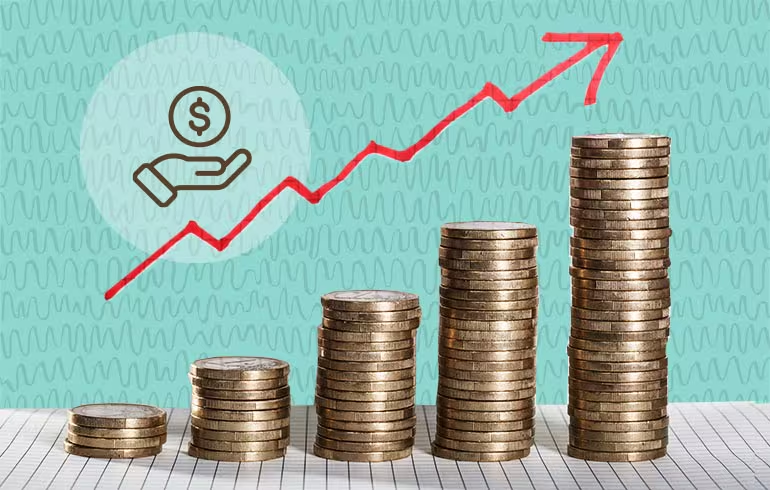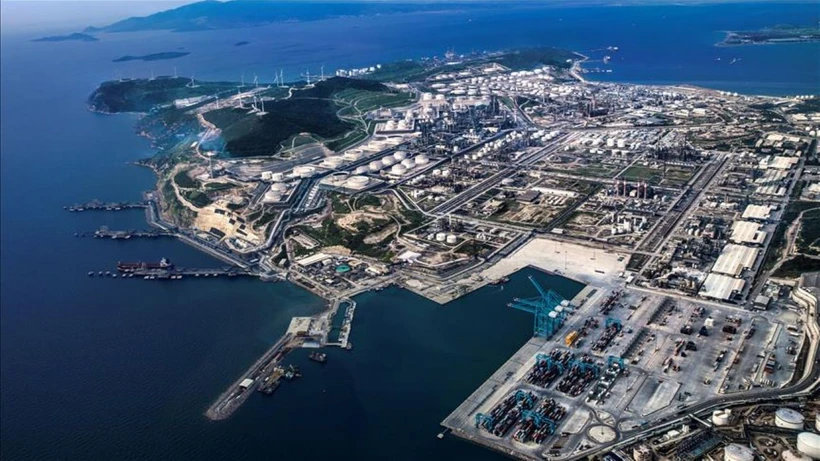
İçindekiler
The rate of price increases remains a persistent challenge in 2024, a trend that has continued into the new year and could complicate President Donald Trump’s policy ambitions. The upcoming release of the Consumer Price Index (CPI) data is expected to show that prices rose by 2.9% in January compared to the previous year, mirroring December’s annual increase. This steady rate of inflation underscores the economic concerns of American voters, many of whom expressed their frustration at the ballot box last fall.
Despite some progress in core price increases, which excludes volatile food and energy prices, the improvement remains minimal. Economists anticipate a 3.1% rise in core prices for the year ending in January, slightly lower than December’s 3.2% increase. However, this marginal decline in inflation indicates that efforts to curb rising costs have not yet delivered substantial relief for consumers.
The January Effect and Its Potential Impact
One factor that could introduce uncertainty into economic data is the so-called “January effect.” This phenomenon refers to the annual resetting of consumer prices in various sectors, such as rent and other services, which can contribute to higher prices at the start of the year. Joe Brusuelas, chief economist at RSM, cautioned that even a modest increase in the monthly figures could unsettle investors who are already on edge about the potential impact of tariffs and tighter immigration policies on costs.
With prices still significantly higher than pre-pandemic levels, American consumers continue to grapple with rising costs in health care, transportation, and other essential services. The Federal Reserve remains cautiously optimistic about price stabilization over time, but various economic and policy factors could slow this progress.
Trump’s Economic Policies and Inflation Risks
Trump’s proposed policies on trade and immigration could have significant implications for rising costs. His administration has promised widespread deportations of undocumented immigrants and broad tariffs on U.S. trading partners. Both measures could contribute to economic pressures if implemented aggressively.
Deportations could lead to labor shortages in key industries such as agriculture, construction, and hospitality, potentially driving up wages and, consequently, consumer prices. Meanwhile, tariffs on imported goods would likely raise costs for businesses and consumers alike. The extent of these inflationary effects will depend on how these policies are executed and whether they are met with retaliatory actions from other countries.
The Federal Reserve’s Cautious Approach
Amid these economic uncertainties, the Federal Reserve has adopted a wait-and-see approach regarding interest rate cuts. After lowering borrowing costs by a full percentage point between September and December, the Fed opted to hold rates steady at its first meeting of the year. Federal Reserve officials have signaled that while they anticipate additional rate cuts, the pace will likely be slower than previously expected.
Beth Hammack, president of the Federal Reserve Bank of Cleveland, emphasized that the strength of the economy and a robust labor market provide the Fed with the flexibility to remain patient. “We have made good progress, but 2 percent inflation is not in sight just yet,” Hammack said in a speech on Tuesday.
Currently, the Fed’s benchmark short-term interest rate remains in the range of 4.25% to 4.5%, influencing borrowing costs across the financial system. However, lower benchmark rates have yet to significantly impact consumer loans. Mortgage rates, for instance, have increased in recent months. The average rate on a 30-year mortgage briefly exceeded 7% in January before declining slightly, according to Freddie Mac. Mortgage rates are closely tied to long-term borrowing costs for the U.S. government, which have generally risen amid concerns about persistent inflation.
Trump’s Criticism of the Federal Reserve
Trump has not hesitated to voice his dissatisfaction with the Federal Reserve and its chair, Jerome Powell. In a post on Truth Social, Trump criticized the Fed for failing to curb the rising costs they allegedly created. However, he stopped short of calling for immediate rate cuts.
Instead, Trump has suggested that his administration’s efforts to lower energy prices would help control costs and pave the way for lower interest rates. While energy costs do play a role in overall price increases, other factors—such as labor shortages and supply chain disruptions—also contribute to price pressures.
The Road Ahead: Balancing Growth and Inflation Control
As the economy heads into 2025, policymakers face the challenge of balancing economic growth with cost control. While some progress has been made in bringing price increases down from the highs of 2022, the pace of improvement remains slow. With ongoing debates over trade, immigration, and monetary policy, the path forward remains uncertain.
For consumers, the persistence of inflation means continued financial strain, particularly for those facing rising costs in essential goods and services. For investors, uncertainty around inflation and policy decisions could lead to market volatility. For policymakers, the challenge lies in crafting measures that sustain economic growth without exacerbating inflation.
In the coming months, the Federal Reserve’s approach to interest rates, combined with the implementation of Trump’s economic policies, will play a crucial role in shaping the outlook for prices. Whether costs continue to moderate or reaccelerate will depend on how these factors unfold, making it a key issue for businesses, consumers, and policymakers alike.

